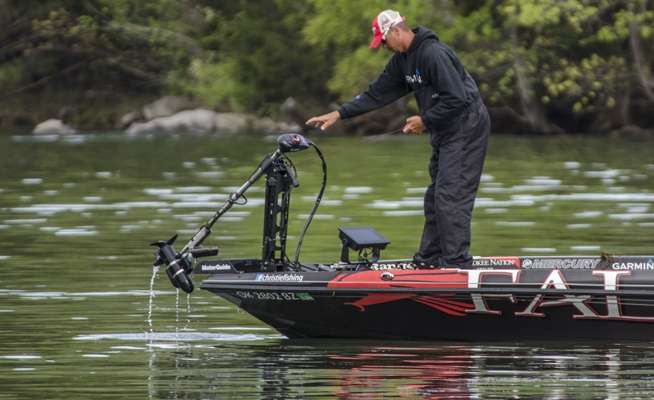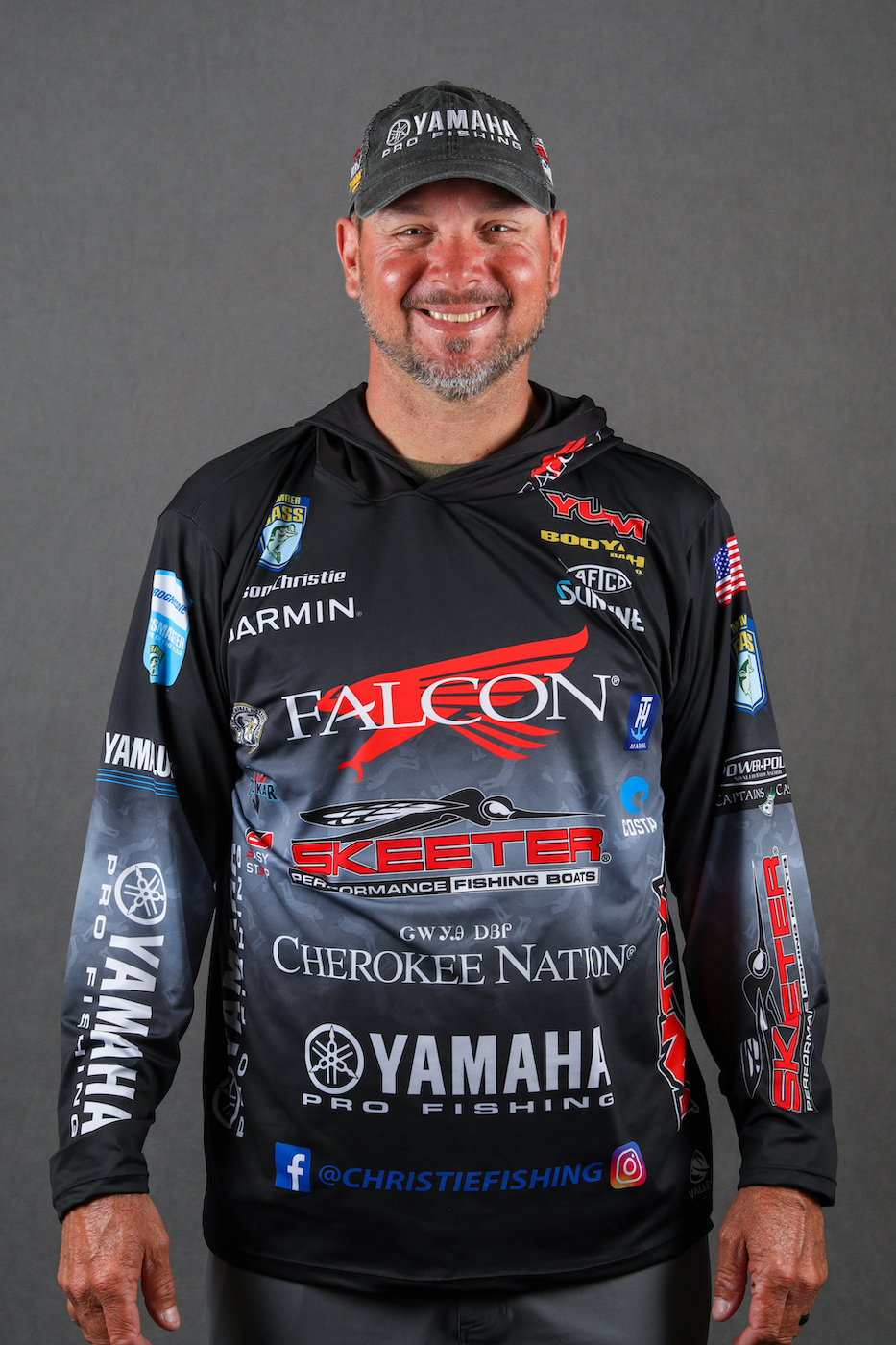
We hear a lot about slowing down and going to subtle presentations in the wintertime, and I agree, those techniques can work this time of year. But keep in mind that crankbaits also can be productive in cold water.
In my opinion, crankbaits can definitely be in the Top 5 of your winter selection, and depending on the water body and the situation, they can rank right at the top.
From experience, I can tell you that water clarity and temperature are the biggest factors in how productive crankbaits are going to be and which ones I’ll use.
Anytime I’m cranking in the winter months, I’m looking for pretty good visibility because I want those fish to feed by sight. In dirtier water, their strike zone is narrowed down, so other techniques can be better.
But give me some clear water and some rocky bottom, and I won’t hesitate to throw a crankbait.
In the winter, if we get a full moon and a warming trend, a lot of these fish move shallower. That’s when cranking can be pretty effective.
I’ve had times during the winter when I was catching them on a jerkbait or something and the bite just dies. In these scenarios, if I move shallower and start cranking, I can catch a lot of fish.
I’ve caught bass on crankbaits in water that was 38 to 39 degrees, and it’s not like you have to crank super slow. It just requires a steady retrieve and clearer water.
Bandit 300 — If I had to pick one crankbait, this would be my choice. This one’s good for winter fishing in very clear water with visibility of 3 feet or more and 42- to 50-degree water.
I catch them year-round on this bait, but 42 to 50 is where you can catch a lot of fish — and some big ones, too.
I’ve caught them on Table Rock, Beaver Lake — everywhere — on a Bandit 300. This bait has a pretty tight wobble, and that’s something I want in these clear situations.
It’s a smaller profile bait, and one of the benefits of a Bandit lure is that we have very realistic colors so you can match the hatch. You can do that with anything from bream, to shad, to crawdads, to herring — we have everything, and I think in that clear water, that’s an important detail because those fish can see so well.
Bomber 5A and 6A — These are my choices when the water has a little stain to it. In this scenario, I want a bait with a little bigger wobble and one that creates more disturbance.
The only difference in the two models is size (the 5A is 1 7/8 inch and the 6A is 2 1/8 inches) so you can match the size of local baitfish. Both are really good in windy conditions because they have enough weight to allow you to cast longer.
Whenever visibility is 6 to 12 inches, I’ll use one of these two baits because they get down there, they stir up the bottom and attract attention.
Norman Deep Little N — This is my preference for fishing the outside edge of grass. For some reason, the profile and tight action of this bait seems to appeal to suspended fish. I’m digging the bottom with Deep Little N, and I’m bringing it over the top of grass.
I might have grass in 10 feet, and I can bring that crankbait down 8 or 9 feet and run it just above that grass.
The right outfit
With all of these baits, I’m using a 7-foot, medium 5-power Falcon rod with a 5.1:1 Lew’s BB1 Pro reel. I always fish crankbaits on fluorocarbon, and I’ll use 10- to 16-pound fluorocarbon, depending on how deep I want to reach.
The 10-pound allows me to reach the maximum depth, but if I’m fishing shallow, or if I want to keep my bait up in the water column, I’m going with 16.
In the winter, I get away from composite rods; I want a graphite rod because the fish typically bite lightly. A graphite rod allows me to feel the bites better.
On the retrieve, I find that slow and steady is best. I still stop and go and sweep the rod a little, but you want to keep that bait in the strike zone as long as you can. I think you’ll get more bites with that slow, steady retrieve.
Especially on highland reservoirs, I’ve had more luck in the wintertime if I’m digging the bottom. I want a bait that’s going to dig all the way to the boat.
You’re looking for that reaction strike where that old fish is sitting on the bottom, and you run that crankbait by his face and make him bite. They’re not going to travel long distances in this cold weather to feed, so make it easy for the fish to catch your bait.

